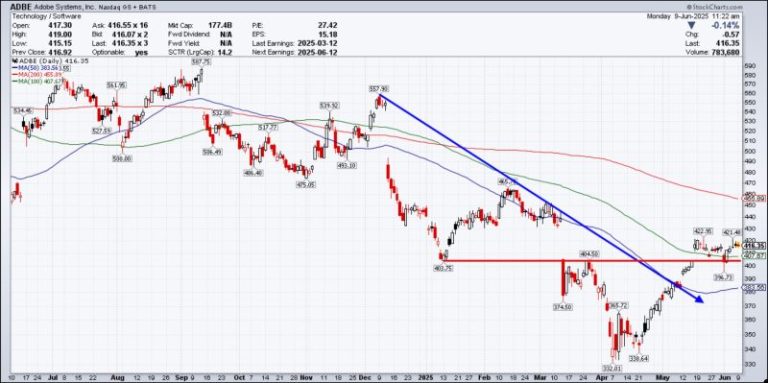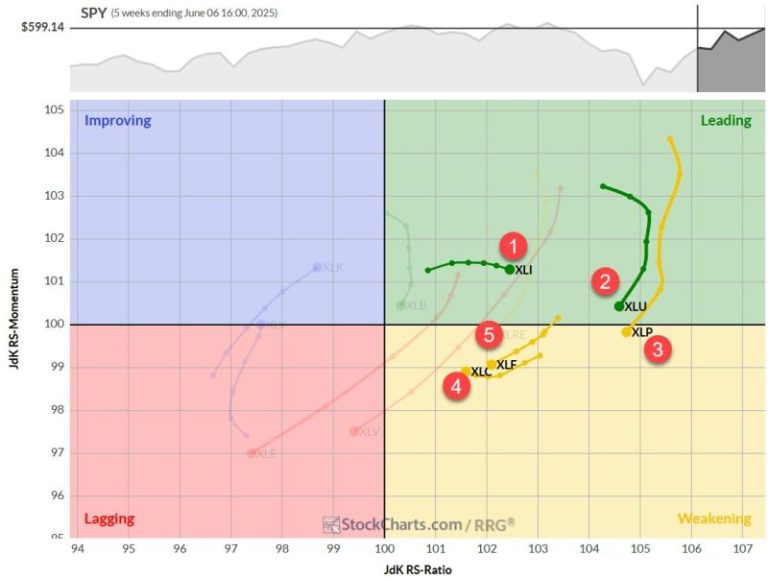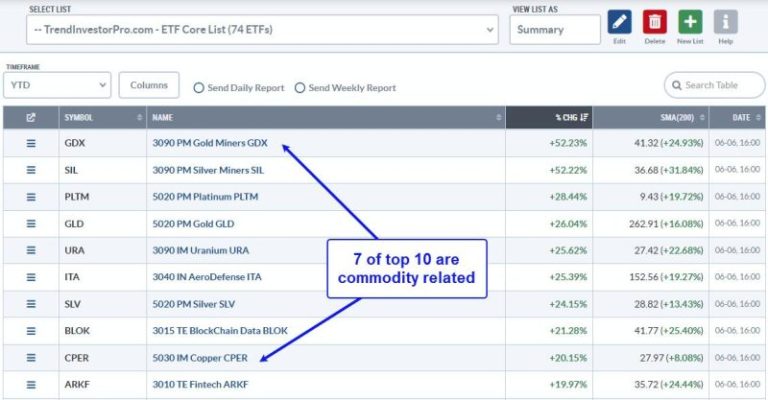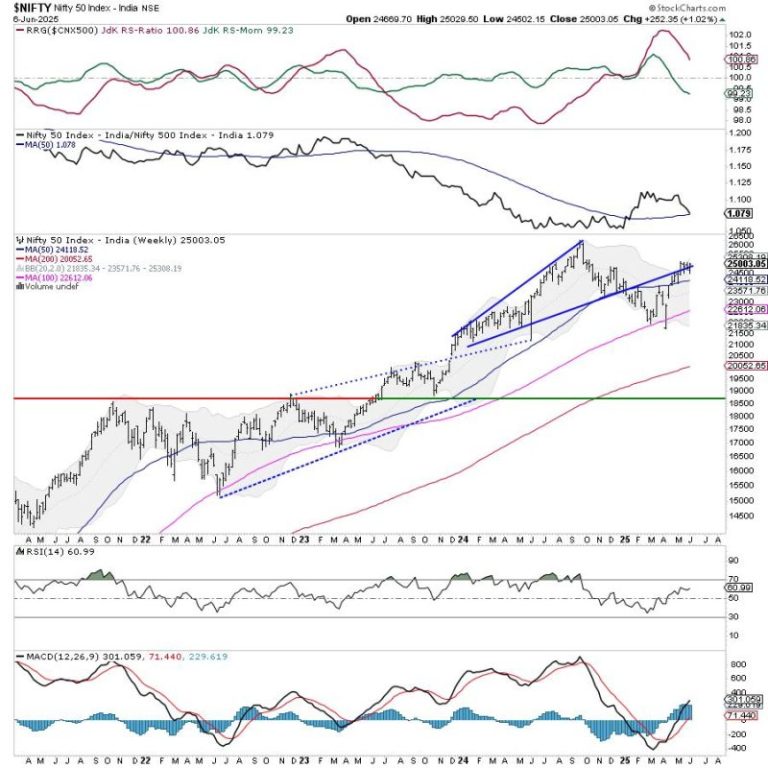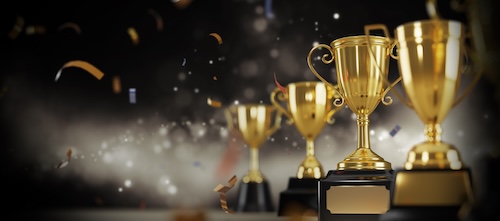There are a few very different setups unfolding this week that are worth a closer look: two software-related names that are struggling to reclaim their winning ways, plus one lovable and reliable stock wagging its tail in the spotlight.
Let’s break it down.
Adobe (ADBE): Mind the Gaps
Adobe Systems, Inc. (ADBE) has been a heartbreaker for investors over the last several years. ADBE stock has traded lower after six of its last seven quarterly reports. That includes consecutive losses of nearly -14%. So what should investors be watching this time around?
Coming into Thursday’s release, shares are lower by 6.4% for the year and have just made back their losses from last quarter. Overall, shares remain -35% from all-time highs set back in January 2024.
Investors will be looking for progress on the AI monetization front. Is annual recurring revenue from Adobe’s Firefly and Acrobat products showing a strong growth projection? And, perhaps more importantly, what’s the guidance going to look like? Last quarter, Adobe issued conservative guidance, and shareholders were punished as a result. Will forward-looking guidance meet investor expectations?
Technically, ADBE shares are trying to find that bottom (see chart below). Progress has been made, as the stock is taking minor steps to climb back from the morass.
FIGURE 1. DAILY CHART OF ADBE STOCK. The stock is trading between the 100- and 200-day moving averages. The stock price could gain momentum and move higher or lower after earnings.Chart source: StockCharts.com. For educational purposes.
On the chart, we’re seeing the following signs:
- Shares have broken their intermediate downtrend.
- Shares have recaptured the 50-day moving average.
- Shares have almost filled the downward gap caused by last quarter’s results.
- Shares have recaptured the 100-day moving average and held for now.
That said, there’s still work to be done, and knowing how this stock gaps in earnings means a move may be coming.
Let’s examine those last three gaps. Each one has been negative, and each time, price action continued in the trend’s direction for several weeks before making a bottom and rallying back. The same thing happened on the last gap up, as momentum in the direction of the gap continued for weeks. Point being, it’s a good idea to watch those gaps.
ADBE is in a “no man’s land” between key moving averages. The longer-term trend remains down, and it may take a huge report to stay above the 200-day moving average on a rally. It’s one to avoid for now, but the short-term play after earnings may be to go with the momentum of any gap.
Chewy (CHWY): Any New Tricks in Store?
Chewy Inc. (CHWY), the online retailer of pet food and pet-related products, broke out to new highs just last week ahead of this week’s earnings. Shares have been on a roll since their April 7 low, gaining over 60% in that time (see chart below).
FIGURE 2. DAILY CHART OF CHWY STOCK. The stock price has been in beast mode since early April, up more than 60%. With the stock in overbought territory, it could pull back to $44 or $40. Chart source: StockCharts.com. For educational purposes.
Technically, the stock broke out of a textbook rounded bottom base and zoomed to its anticipated upside target of $50. CHWY shares seem overextended as they have been overbought for weeks (Relative Strength Index > 80). The stock price could roll over even on good news, given its recent run. Long-term investors may want to stay in the name and sit on gains.
For those begging for a pullback, there are nice levels of support at $44 and ultimately at $40 if earnings bite investors. This should be a good opportunity to consider this name for your portfolio as the long-term technicals look great, and the company is known for its loyal user base.
Oracle (ORCL): Time to Flip the Script?
Oracle Corp. (ORCL) will report earnings on Wednesday, looking to snap a two-quarter losing streak. Shares of the software giant have rallied nicely off their lows, but are still -13% from their December peak. Investors would like to see its cloud revenue growth continue to expand thanks to agreements with OpenAI, Meta, and Nvidia.
The one concern is the continued capital spending necessary to power the data centers required to meet AI demand. Are the company’s recent capital expenditures putting pressure on margins and impacting ORCL stock’s bottom line?
Technically, shares have been on a nice run, eclipsing key levels to get back on track. Longer-term, the stock price started the week above its downtrend line, with respect to annual highs.
FIGURE 3. DAILY CHART OF ORCL STOCK. From a technical perspective, the stock price has broken above a long-term downtrend. Will upside momentum continue after earnings? Keep an eye on this stock.Chart source: StockCharts.com. For educational purposes.
The rally looks similar to many other technology names that are trying to get back to their old highs. The good news is that, given the change in trajectory, even weakness looks to have a soft landing spot and good entry point from a risk/reward perspective.
The stock reminds me of the S&P 500 ($SPX) a little bit — struggling to get to new highs and losing a bit of momentum. A pullback to its 200-day moving average around $163 would be a natural retracement — a flag if you will — and a good entry point on any drawdown after positive news.
If any signs of strength emerge, look for shares to run into the $190s before stalling again.
The Bottom Line
We have three different stories unfolding:
- ADBE’s stock needs to clear earnings hurdles and reclaim trust.
- CHWY’s stock is on fire, but might need to cool down.
- ORCL’s stock is rebuilding momentum, and has potential upside if cloud numbers impress.



